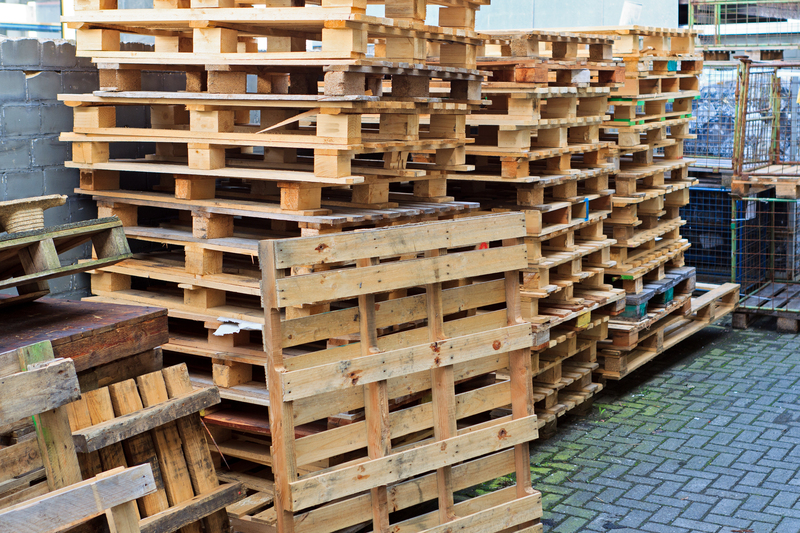As environmental concerns grow, more people are looking to transform their homes into eco-friendly sanctuaries. This eco revamp not only benefits the planet, but it can also lead to significant savings on energy bills and an improved living environment. Let's explore how you can make your home greener and more sustainable.
Understanding the Importance of Eco-Friendly Homes
Reducing our carbon footprint is crucial for mitigating climate change. By turning our homes into sustainable spaces, we contribute to the conservation of resources and protection of the natural world. It's also about creating healthier living spaces, full of clean air and non-toxic materials.

Steps to Eco Revamp Your Home
1. Energy Efficiency Improvements
One of the most impactful ways to revamp your home is by enhancing its energy efficiency. Focus on the following aspects:
- Insulation: Proper insulation is key to reducing energy consumption. It helps maintain a consistent indoor temperature, reducing the need for heating and cooling systems.
- Energy-efficient windows: Install double or triple-glazed windows to minimize heat loss.
- LED lighting: Switch out traditional bulbs for LED lights to cut down on electricity usage.
2. Water Conservation Techniques
Water scarcity is becoming a significant issue in many parts of the world. Here are some techniques to conserve water in your home:
- Low-flow fixtures: Install low-flow showerheads and faucets to reduce water usage without sacrificing performance.
- Leak detection systems: Ensure there are no leaks in your plumbing system. Consider installing modern leak detection tools to monitor water use.
- Water-saving appliances: Choose dishwashers and washing machines that use less water.
3. Sustainable Materials and Construction
When undertaking home renovations, consider utilizing sustainable materials. These not only reduce environmental impact but are also often healthier for occupants:
- Bamboo flooring: Bamboo is a rapidly renewable resource and a great alternative to traditional hardwood floors.
- Recycled materials: Use recycled and upcycled materials as much as possible to reduce landfill waste.
- Non-toxic paints: Choose low-VOC (volatile organic compounds) paints to improve indoor air quality.
4. Renewable Energy Solutions
Investing in renewable energy systems can drastically reduce your home's carbon footprint:
- Solar panels: Harness the power of the sun to generate electricity and heat water for your home.
- Wind turbines: If feasible, utilize small wind turbines to offset energy use.
- Geothermal systems: Use the earth's constant temperature for heating and cooling.
5. Smart Home Technology
Incorporating smart technology into your home's design can further enhance its sustainability:
- Smart thermostats: Automate heating and cooling systems based on your schedule and preferences, improving energy efficiency.
- Energy monitoring tools: Track energy usage in real-time to identify areas for improvement.
- Smart lighting: Control lighting remotely to ensure it's only used when needed.
6. Eco-friendly Landscaping
Don't forget about the outside of your home. Sustainable landscaping can reduce water use and create habitats for local wildlife:
- Xeriscaping: Use drought-resistant plants that require minimal watering.
- Rain gardens: Design areas that collect and filter rainwater, reducing runoff.
- Composting: Create a compost heap to recycle organic waste and enrich soil.

Financial Benefits of an Eco Revamp
Turning your home green isn't just about saving the planet; it can also be financially rewarding:
- Lower utility bills: Energy-efficient appliances and renewable energy systems can drastically cut down electricity and water costs.
- Tax incentives: Many governments offer rebates and tax credits for eco-friendly home improvements.
- Increased property value: Sustainable homes are often more attractive to buyers, potentially increasing resale value.
Conclusion: Embrace Sustainability in Your Home
Embarking on an eco revamp journey not only contributes positively to the environment but also enhances the quality of life in your home. With careful planning and commitment, you can make your dwelling a model of sustainability. Start with small changes, then expand into larger projects as your budget allows. Remember, every step toward a sustainable home is a stride towards a healthier planet.
Get started today and join the movement towards a greener future for yourself and the world!